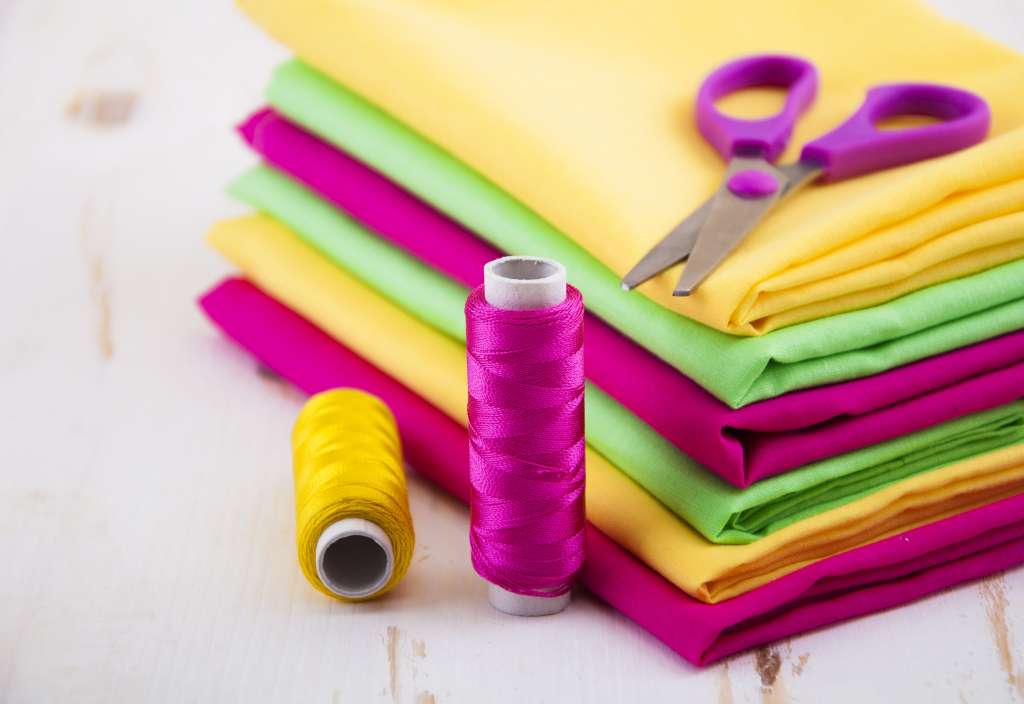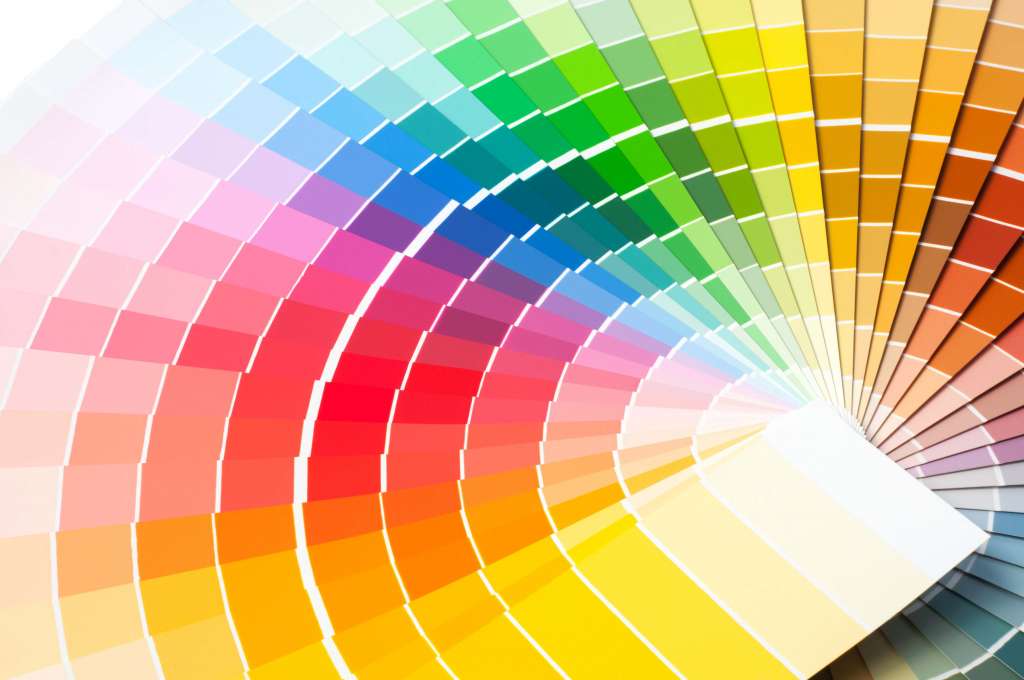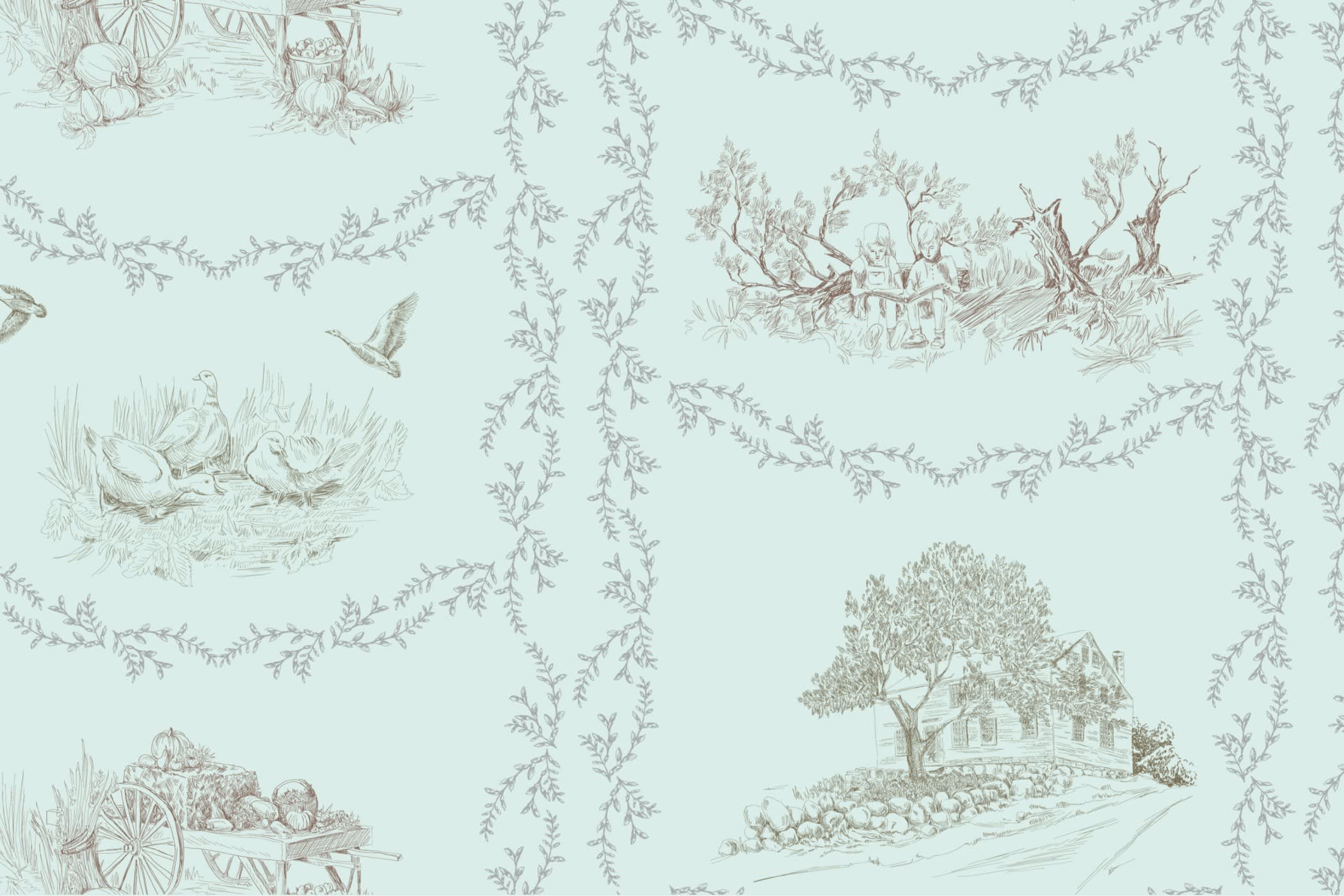How To Decide Better Fabrics Against Particular GSM?


GSM stands for grams per square meter, also denoted as (grams/m2). GSM is used to measure the thickness of any sheet material. It's a metric measurement unit of areal or surface density and is also considered a primary fabric quality parameter.
The fabrics that range in weight from 1 to 150 GSM are light and do not make the wearer feel warm. Materials in this category include organza, chiffon, taffeta, and voile.
Medium-weight fabrics have a GSM of 150 to 250 and are warmer than lightweight fabrics. Velvet, Chambray, Satin, and Cambric are all standard fabrics in this collection.
Fabrics with 250+ GSM are considered heavy and the warmest fabric. Wool felt, Hessian, Denim, Twill, and other materials are examples.
How GSM affects the fabric?
GSM affects the fabric in various ways, like the thickness of the material, quality of the fabric, and fabric warmth. Let us discuss these in brief.
Fabric thickness
As mentioned earlier, GSM is related to the fabric's thickness. The thicker materials have more weight as compared to the other fabrics. So, for example, a fabric with 300+ GSM will be thicker and warmer than those with lesser weight. However, in some cases, materials with the same GSM do not have the same thickness, which is caused by the density of the fibers.
Fabric quality
The GSM can tell us how heavy the fabric is, but it cannot tell exactly how good it is. A material's quality depends more on its application, such as whether the fabric required is hard, soft, lightweight, or heavy.Here's an illustration to help you understand. It is unavoidable for a company to use low GSM fabrics when producing summer clothing. Fabrics with a higher GSM are preferred when making warm winter clothes because they make the wearer feel warmer.
Fabric warmth
Fabrics with a higher GSM keep buyers warmer. As a result, in the winter, people prefer puffer jackets, twill coats, and other garments with a higher GSM.
Choosing the fabrics as per GSM

Choosing an ideal fabric is undeniably related to the fabric GSM. One must consider several factors while manufacturing and choosing the suitable GSM fabric.
Some of those factors are:
Weather
The weather influences a buyer's choice of fabric considerably. For example, in the winter, buyers will prefer to shop for heavy-weight materials with a GSM of more than 250, such as denim, wool, and others, because they will keep them warm in the cold weather.The same goes for the other seasons. People typically choose fabrics like chiffon, organza, and lightweight materials that weigh between 1 to 150 GSM in the summer because they are more comfortable in hot and humid weather.
Type of clothing
Another factor is the type of clothing worn. For instance, a buyer seeking a flowy summer dress will undoubtedly favor lightweight fabric, less than 150 GSM. A higher GSM would be preferable if a customer is shopping for a pair of jeans.
Activity
Furthermore, a fabric is suggested based on the intended action - e.g., cycling, walking, skiing, and other sports. Here are a few examples to help you understand this better. The best mountaineering fabric would be between 200 and 250 GSM. A person will feel warm and comfortable while carrying it. For someone who wants to go cycling, a lightweight cloth with a GSM of less than 150 would be ideal. Compared to cycling, which may cause perspiration, it will make one feel lighter and more at ease.
Deciding fabrics against particular GSM
Fashion companies have many speculations and theories while selecting the fabric against its GSM parameters.
GSM is a measuring unit of cloth that determines the material's durability, quality, and appearance from its weight. Lower the GSM value, lighter the fabric and vice versa. Although according to the company standards, the GSM of the fabric should be balanced as it impacts many integral factors.
Hence, examining the GSM of the fabric aids in achieving the desired outfit with finalized design and comfort ratio. Many major fashion houses choose materials with GSM standards and approved parameters.
Other factors that must be considered are:
Quality
When a company approves a specific type of fabric, the most important factor considered is quality. To obtain design approval, materials such as polyester, cotton, satin, chiffon, or any other desired material must undergo several technical procedures. Furthermore, the correct, appropriate, and the approved fabric is used to design various outfits.
Type
The different fabric types can be categorized based on synthetic, natural, or combination. Cotton, linen, leather, and denim are natural fabrics, whereas rayon, polyester, nylon, and spandex are synthetic.
Fabrics with a mixture of natural and synthetic fabrics are also an excellent option to make an ideal outfit.
Colorfastness
Color is essential to approval when examining the fabric quality against some predetermined and approved parameters. The color testing takes place through several advanced chemical solutions with testing the thread quality.
Color is the primary factor that provides a look to the design. Hence companies in the fashion industry have a detailed color testing process that tests the color quality. A good quality outfit with a unique color contributes to building the renowned brand value.
Suitability and location
It is essential to understand which fabrics can be used to make which types of clothing while making a garment. Wool can be used for a sweater, but it cannot be used for a swimsuit.
When selecting a fabric, it is also essential to consider the occasion, location, and other factors. Silk would be ideal for a winter wedding, while chiffon would be ideal for a summer wedding.
Shrinkage
It's one of the most important factors that businesses must consider. Shrinkage determines the fabric's quality, which varies depending on the type. In cotton fabric, a higher shrinkage ratio is desirable, but in nylon or silk, it must be low or negligible. As a result, with GSM, this factor will assist companies in selecting the appropriate material for their designs.
Colour

The fabric's color is also essential; the color is decided based on weather, occasion, and location. Designing the summer collection include light and soothing colors, while bright and shiny colors are preferred for winters. Hence color is an essential factor in deciding the fabric against a specific GSM.
Pattern
The perfect fabric pattern allows the tailor to create a desirable fabric. A fabric with a great pattern in sewing may look great when hung in the showroom. However, the pattern may cause problems when seen indoors or out in the sun, and the outfit will not look as good as expected. So, when selecting a fabric, one must also consider the pattern design.
Conclusion
Who weighs an outfit before buying it? Nobody does it. However, industry experts, manufacturers and designers consider it to be an important factor as GSM determines and reates to the quality, color, location, sustainability, pattern, type, and shrinkage of the fabric they use.
Fashinza is a modern platform that offers a technology-driven approach to selecting the best fabrics. We give you the necessary knowledge to properly assess the fabric quality per the collections and designs.



















